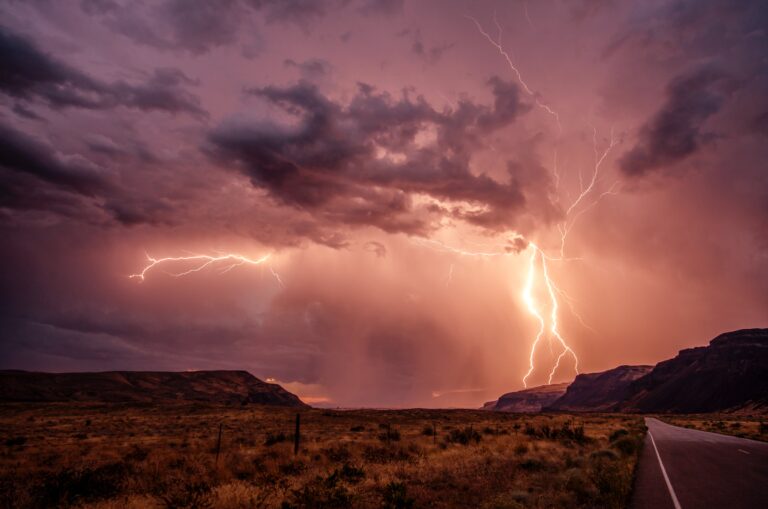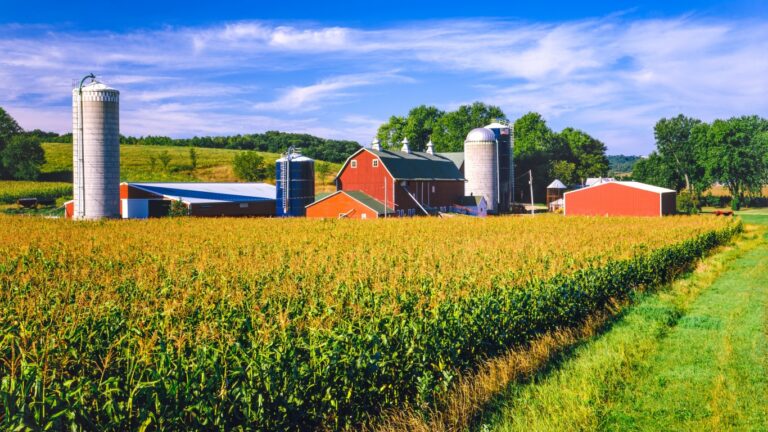New Generations Of Construction Address Climate Crisis

The IEA released a report titled “More efficient and flexible buildings are key to clean energy transitions.” It makes the amazing claim, “Buildings today account for about 30% of final energy consumption globally and more than half of final electricity demand.” The fix for this is harder than it seems.
The commercial real estate business in some US cities is near collapse. Particularly buildings which were built decades ago and do not have modern amenities. Ironically, these buildings are likely to be the least energy efficient.
New Commercial Buildings
Two byproducts of the commercial building challenge are that buildings are starting to default, which means less capital for new ones, and that expensive enhancements to current construction methods are likely to sell well to banks or developers.
It may be that this “green building” movement is more likely to happen outside America. In nations like India, ultrahot weather will make it impossible for businesses to stay in cities like Delhi. The report states, “The rise is even more pronounced in countries with significant and expanding space cooling needs. By 2050, ownership of air conditioners in India is estimated to increase tenfold, leading to a sixfold jump in peak electricity demand in buildings.”
Making these upgrades in the world’s hottest cities will require vast amounts of money, which may not be available in developing nations. Even if the capital is available, most do not have enough renewable energy to power these initiatives. Unfortunately, that leaves fossil fuel power electricity grids.





